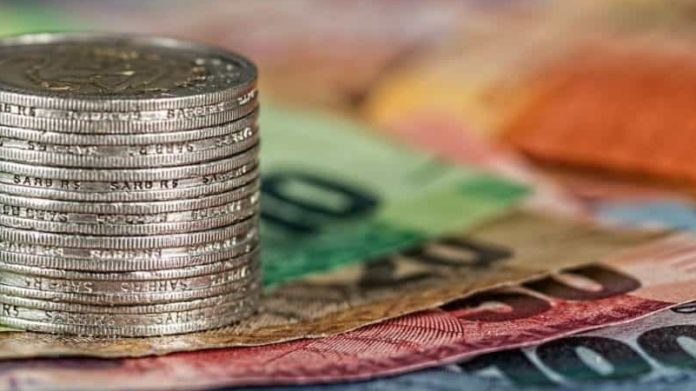
ESKOM is likely to need another bailout from South Africa’s government next year as the impact of the country’s COVID-19 lockdown on the economy curbs its electricity sales for months to come.
National Treasury has forked out rescue packages of R56bn for fiscal 2021 and R33bn for fiscal 2022, and the utility has already indicated that it will still have to borrow more money to meet its funding requirements over that period.
But its plans to raise R30bn in additional debt over each of the next two years are likely to fall short, and the amount will have to rise to between R45 and R50bn for each year, Standard and Poor’s analyst Omega Collocott said in a research note.
Peter Attard Montalto, head of capital markets research at Intellidex, has a similar view. He estimates the total loss to Eskom from lower-than-expected economic growth at R15bn, which would lead to a net loss of about in R20bn in fiscal 2021.
This would probably be covered with the funds available but “given lower revenue next year, Eskom will likely need to get an additional R12bn or so of bailout for 2021/22,” he said.
Eskom needs to fork out between R70 and R90bn in interest and principal repayments on its existing debt over each of the next three years, and faces substantial refinancing risks in August 2020 and in January and February 2021.
At the same time, local credit markets are less receptive to new borrowing from the utility, which is already burdened with R450bn of debt.
Eskom hopes to generate more revenue through raising its electricity prices, and is involved in three court cases against the National Electricity Regulator of SA, which could result in retroactive tariff hikes for consumers and industry.
But analysts warn that electricity prices, which have already quadrupled in the past decade, could be approaching the so-called “tipping point”, which would push Eskom into a classic utility “death spiral” — the more prices rise, the more customers leave the grid, and the more its revenues fall.
“Reliability of power supply is one issue, but if the price of electricity is too expensive and it keeps going up at unsustainable rates, you just won’t get investment in electricity-intensive industries,” said Roger Baxter, CEO of The Minerals Council of SA.
Financial markets are keenly waiting for a restructuring of Eskom’s debt, which is expected to result in R250bn being taken off its balance sheet, either to a special purpose vehicle or a conversion to South African government bonds.
Treasury has said this must wait for the utility itself to be restructured as planned into three separate units – transmission, generation, and distribution.
However, credit rating agencies say that dividing the debt between the three units may result in a downgrade as it could be tantamount to a default on Eskom’s financial obligations.
A version of this article was first published in the Mining Yearbook 2020 which is available here: https://www.miningmx.com/the-mining-yearbook-2020/









